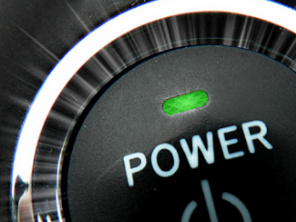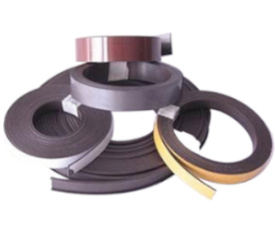PLASTOFERRITE
Flexible rubber magnets are produced by extrusion and can be customized for specific uses. Compared to other types of magnets, rubber magnets show great flexibility, they can be folded, twisted, punched or machined as desired in almost all shapes.
Rubber magnets are anisotropic, flexible and elastic magnets, made by mixing Ferrite or Neodymium magnet powder with synthetic rubber or polymer resin. Since they can be easily manufactured in all types of shapes and sizes from a few millimeters to tens of meters, their field of application is extremely wide, it includes uses not only in engines, but also in sensors and switches, in promotional marketing, magnets from fridge etc.
LOW
PRICE
The simple and widespread production process characterizes the low price of this material.
MULTIPOLE
MAGNETIZATION
The multipolar magnetization can characterize the rubber so as to have the required magnetic force at the necessary distance.
WIDE RANGE
OF SHAPES
It can be produced in a personalized way for any eventuality, so that the magnets are composed in the most disparate ways.
ADHESIVE
SIDE
For easier use it can be equipped with an adhesive side, so as to be immediately applied to the work surface and immediately ready for the purpose.



